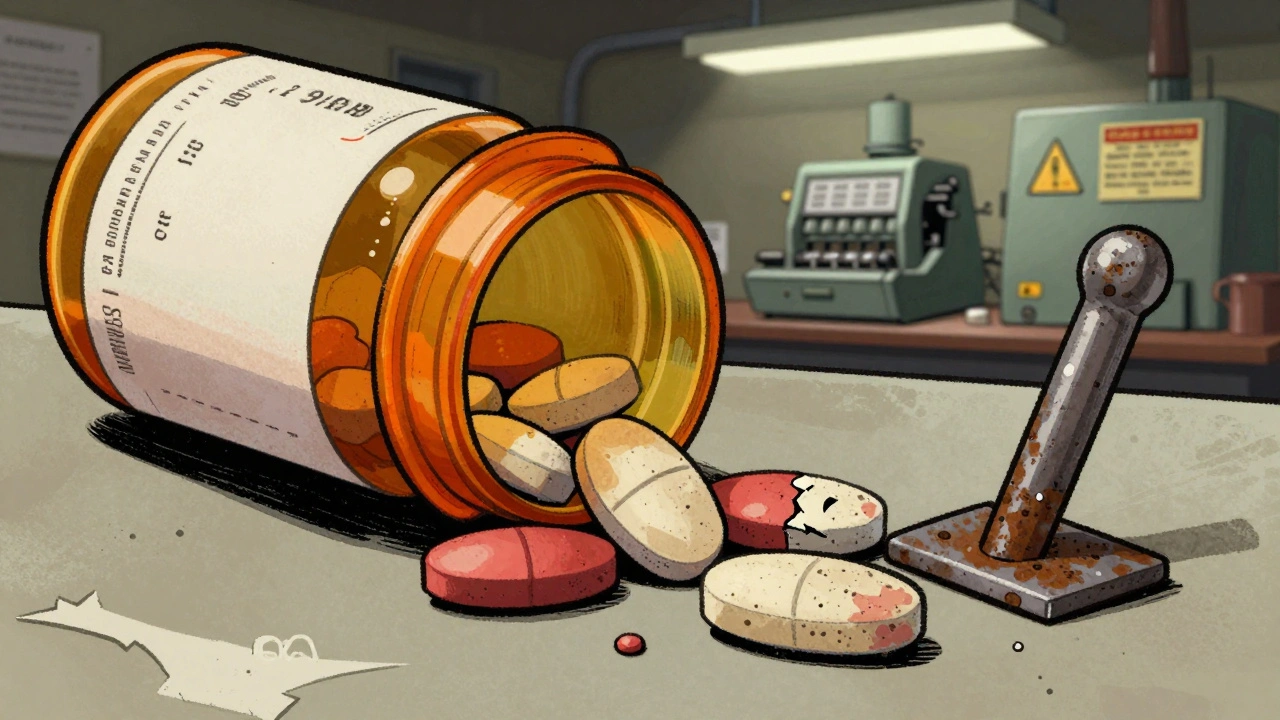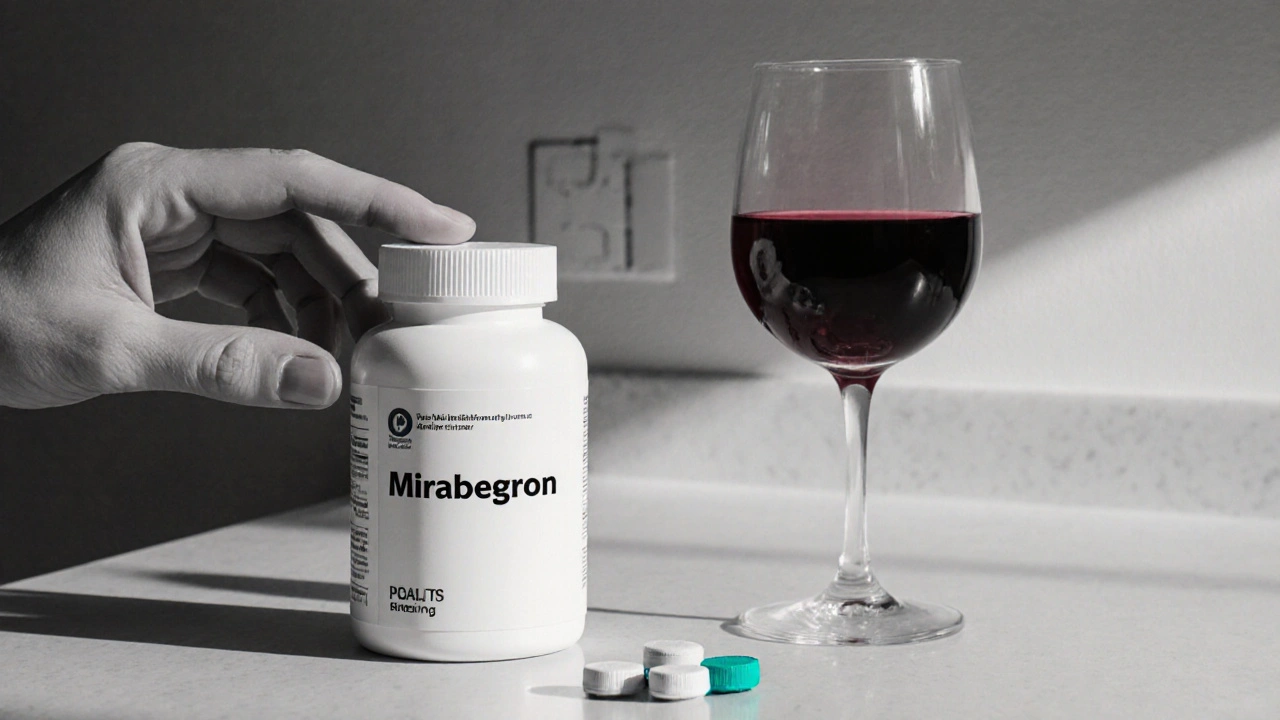Drug Safety Resources and Practical Guides
When navigating drug safety, the practice of preventing medication‑related harm while maximizing therapeutic benefit. Also known as pharmacovigilance, it underpins every prescription, over‑the‑counter product, and clinical trial. Understanding adverse drug reactions, unwanted, harmful responses that occur at normal drug doses and drug interactions, the way two or more substances affect each other's action are core steps. Lastly, reliable tapering guidelines, evidence‑based schedules for safely reducing medication doses protect patients from withdrawal and rebound effects. Together these components form a safety net that clinicians and patients rely on every day. Drug safety isn’t a single checklist; it’s a dynamic process that evolves with new drugs, emerging data, and real‑world experience.
Key Pillars of Drug Safety
The first pillar, adverse drug reactions, ranges from mild nausea to severe organ damage. Recognizing patterns—like rash after a new antibiotic or dizziness when starting a blood pressure pill—lets you act quickly. The second pillar, drug interactions, often hides in polypharmacy: think about a senior taking a diuretic, a statin, and a new antidepressant. Checking enzyme pathways (CYP3A4, for example) can prevent dangerous spikes in blood levels. The third pillar, tapering guidelines, is crucial for drugs with dependence potential, such as certain antipsychotics or steroids. A step‑down plan, supported by lab monitoring, reduces relapse risk while keeping the body stable. Clinical trials provide the fourth pillar: they generate the safety data that informs all the other pillars. Modern trials now include diverse populations and long‑term follow‑up, giving us clearer pictures of rare side effects and interaction profiles. By connecting these pillars, you get a 360° view of how to keep therapy both effective and safe.
In the collection below you’ll find practical articles that dive into each of these areas. From step‑by‑step tapering of Alzen to how dimethyl fumarate may reshape Myasthenia Gravis treatment, the posts cover real‑world safety challenges and evidence‑based solutions. Whether you’re a caregiver, a patient, or a health professional, the guides provide actionable tips you can start using right away. Let’s explore the range of safety topics and see how they fit together in everyday medication management.
How to Read the NDC Number to Confirm the Correct Medication
- Laura Ledas
- Dec, 16 2025
Learn how to read the NDC number on medication labels to prevent dangerous dispensing errors. Understand the three segments, avoid common mistakes, and verify drugs using the FDA's official directory.
Learn MoreCommon Manufacturing Defects in Generic Drugs and How They Affect Patient Safety
- Laura Ledas
- Dec, 1 2025
Generic drugs save money but carry hidden risks. Common manufacturing defects like capping, weight variation, and contamination can compromise safety. Learn what goes wrong, why it happens, and how to protect yourself.
Learn MoreMirabegron and Alcohol: Safety Guide for Mixing
- Laura Ledas
- Jul, 19 2025
Explore if it's safe to mix mirabegron with alcohol, covering interactions, risks, practical tips, and FAQs for people treating overactive bladder.
Learn More

